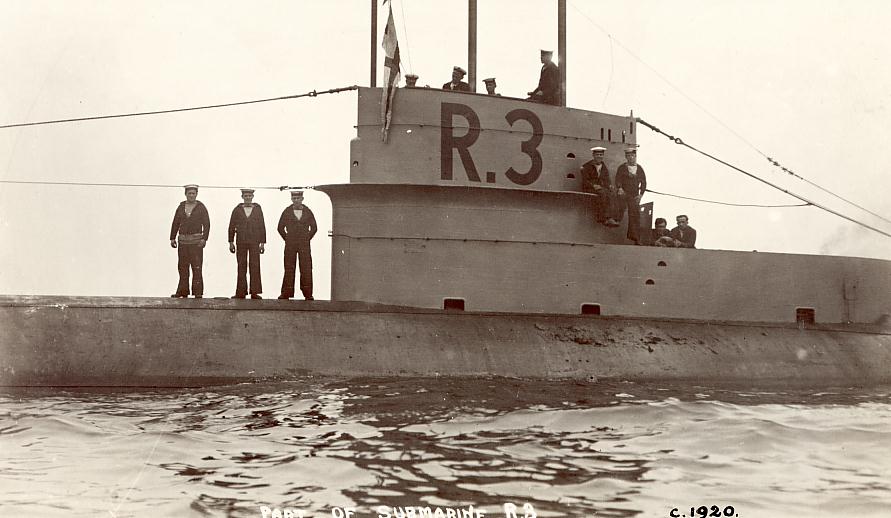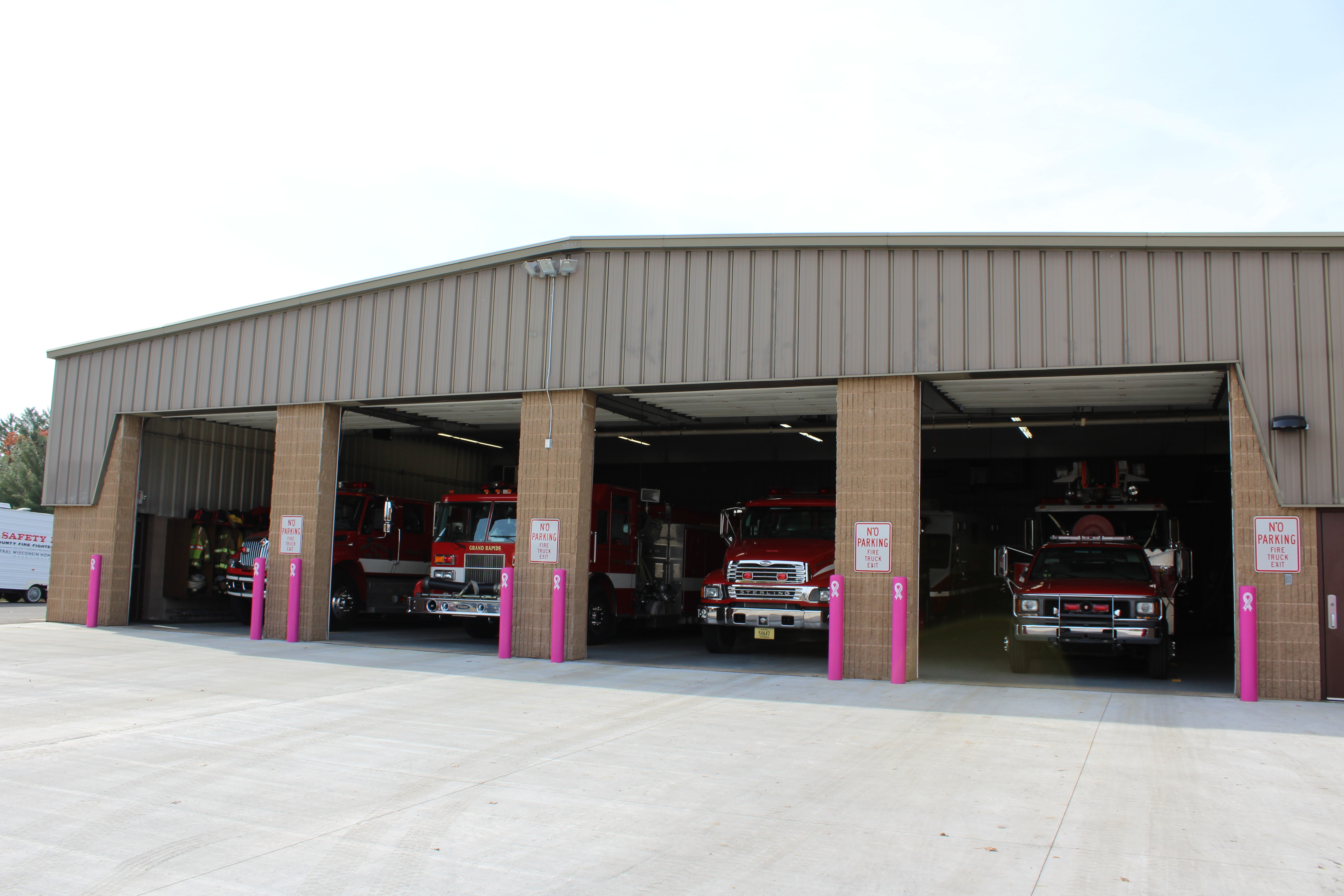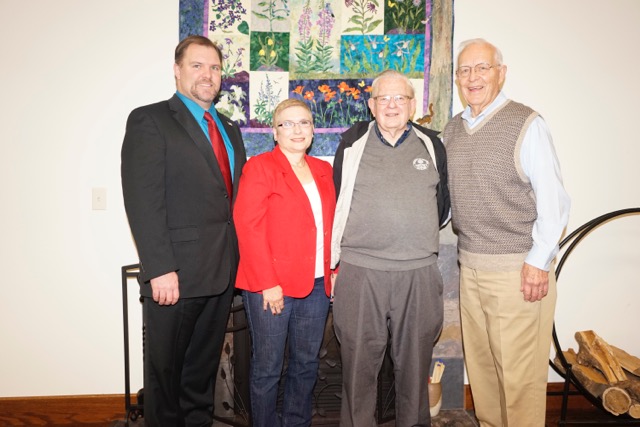100 Years Ago This Month in World War I

By Leon Schmidt and Gary Blum
The Voyage of the Tuscania
On Jan. 24, 1918, Herman J. Christensen, grandfather of Wisconsin Rapids resident George Zimmerman, boarded the Tuscania at a dock in the East River in New York City. Christensen was a member of the 107th Engineer Train. That unit, some supply soldiers, some MP’s, and some members of the headquarter’s unit were the first soldiers of the 32nd Division sent to Europe. Their destinations was Liverpool, England, after a brief stop in Halifax, Nova Scotia.
The Uscania carried 2013 soldiers, and a crew of 384. Before the war the Tuscania had been a luxury cruise ship owned by a Norwegian shipping company named the Anchor Line, and operated in partnership with the Cunard Line. It displaced 14,348 tons and was 576 feet long. Her top speed was 16 knots. (about 18 mph) On this voyage, the Tuscania was accompanied by 13 other ships, including a British cruiser, sailing in a convoy.
Food on board was pretty bad. It usually consisted of tiny portions of unsalted potatoes, fish, cheese and “slum” — a concoction that looked like bay leaves soaked in hot water served in tin cups. The soldiers themselves were usually sweaty, seasick, and jammed in together. Outside, the weather on the North Atlantic was bitterly cold.
On Feb. 5, after a week and a half at sea, the Tuscania began approaching the North Channel between the northeast coast of Ireland and the west coast of England. The route to Liverpool passed between the English island of Islay and the Irish island of Rathlin. They were only about 15 miles apart. The previous night, he convoy had been joined by eight British destroyers.
On Jan. 29, Kapitaen-Leutnant Wilhelm Meyer left the German harbor at Borkum aboard his U-boat, UB 77. Meyer’s UB 77 sailed north along the east coast of England, then around the northern tip of Scotland, and south toward the North Channel shipping lane. Since World War I submarines traveled slowly underwater, most of the trip was on the surface. He arrived at the north channel on Feb. 5. He had to dive due to the presence of British warships. At 5:50 p.m. he gave the order to raise the periscope.
A convoy filled his vision. He gave the order to speed to a position ahead of the slow moving convoy. The next time he raised the periscope the Tuscania was passing by his view. He fired two torpedoes; the first one hit the Tuscania just ahead of the engine room. The Tuscania shuddered, the lights went out, and the compartments on the starboard side began filling with water. Within minutes the Tuscania was listing sharply to starboard, which made the lifeboats on the port side useless.
The Tuscania’s distress signal shrieked incessantly, but there was no panic among the soldiers waiting for a lifeboat until they finally had to jump overboard. Some men made it aboard lifeboats, or English warships to the nearby desolate, jagged coast of the English island of Islay. Some were rescued by an Irish fishing trawler named the Elf King, and taken to its home harbor of Larne, Ireland, about 20 miles south of the Tuscania’s location.
After the torpedo hit the Tuscania, Herman Christensen found himself fully dressed, wearing his overcoat and lifebelt in the Irish sea. He remembered swimming for a time and then came upon a lifeboat. He was pulled in. It was about 8:45 p.m. He stood in water, and helped steer the boat. An Irish fishing trawler, probably the Elf King, showed up about 11:30. The men boarded the trawler, but one man was killed when he slipped and was crushed between the trawler and the lifeboat.
at 5:45 a.m., the trawler landed in the Irish fishing village of Larne. Christensen was taken to the King’s Arm Hotel, where he was fed and went to bed. On Feb. 9, Christensen went to Camp Scharnes in Ireland, then to Dublin, and then across the Irish Sea to Holyhead, England. He was then taken to Camp Wendeldown where he contracted mumps and spent the rest of February in the hospital.
Of the 2,397 people on the Tuscania, 230 died. 201 of them were soldiers. Christensen did not believe that any men in his unit died, but 13 of the men in the 32nd Division did
Submitted under the auspices of POst 9 of the American Legion of Wisconsin Rapids







